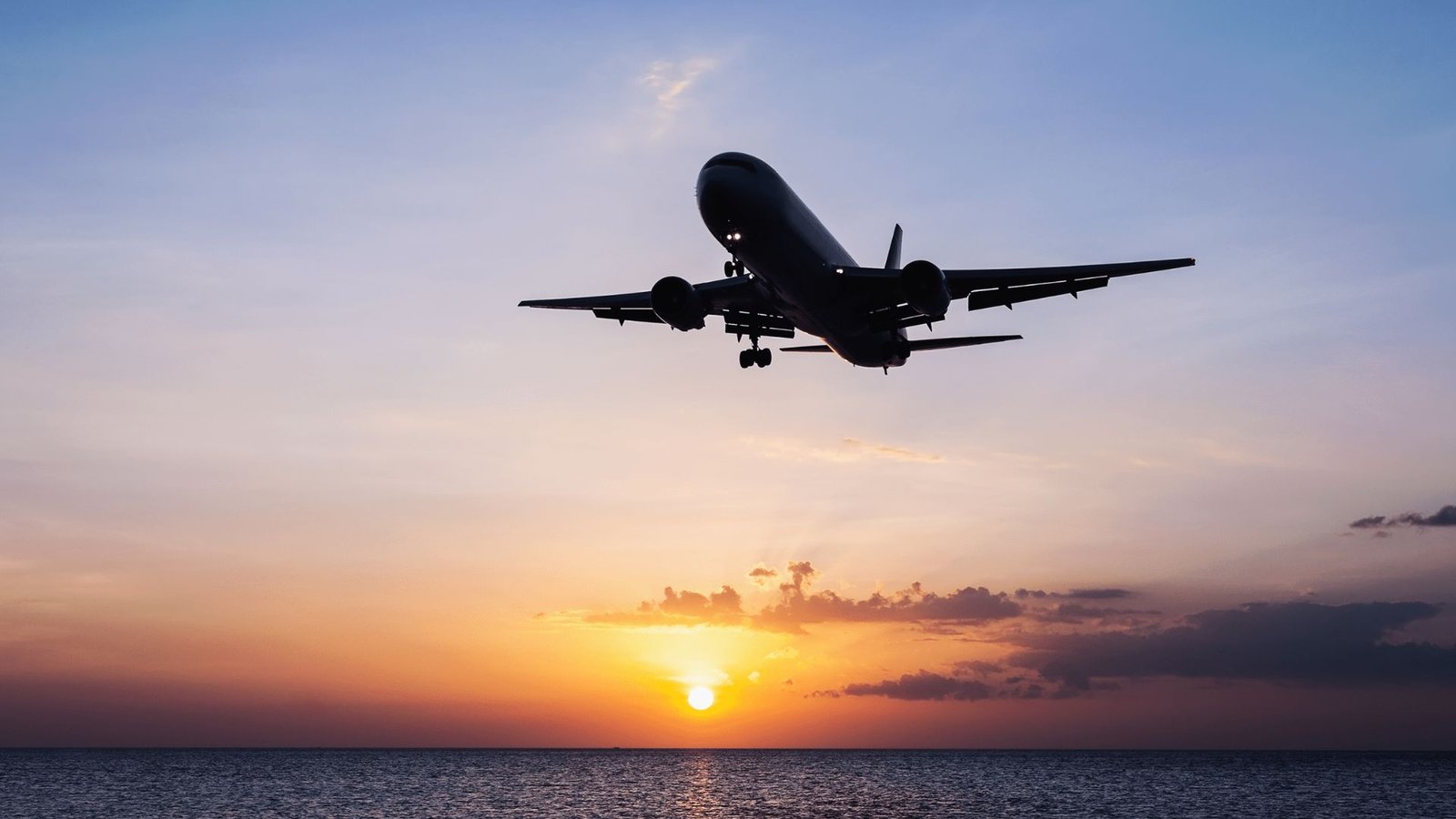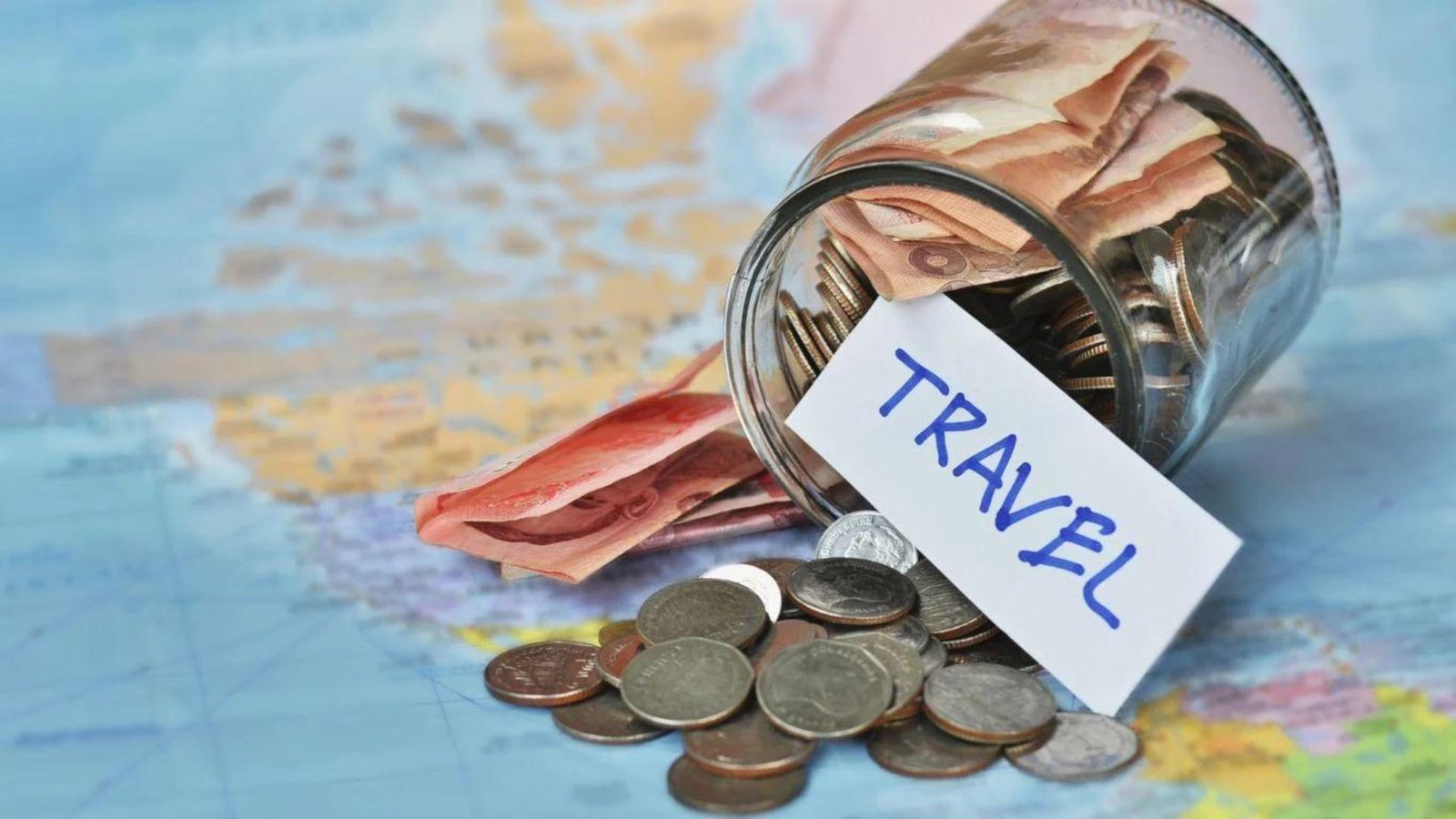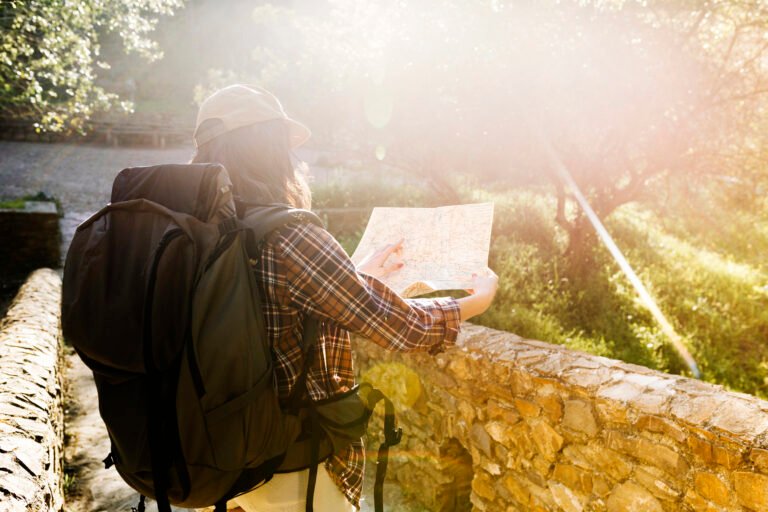Social media has revolutionized the way we discover, plan, and experience travel. Platforms like Instagram, Facebook, Twitter, and TikTok play a significant role in shaping travel trends and influencing traveler decisions. Here’s an in-depth look at how social media impacts the travel industry and the travel choices of millions around the world.

Influencing Destination Choices
Visual Inspiration: Platforms like Instagram and Pinterest are full of stunning travel photos and videos. Beautiful images of exotic destinations, landmarks, and unique experiences inspire users to consider those places for their own travels.
Trending Locations: Social media can turn previously unknown destinations into hotspots. Locations that gain viral attention or are featured by influencers often see a surge in tourist interest.
User-Generated Content: Travelers frequently share their experiences and recommendations on social media. Positive posts and reviews from friends or family can strongly influence destination choices.
Shaping Travel Expectations
Real-Time Sharing: Social media allows travelers to share their experiences in real-time. This creates a sense of immediacy and excitement around destinations, influencing others’ expectations and perceptions.
Authentic Experiences: Users increasingly seek authentic, off-the-beaten-path experiences, influenced by the real-life travel stories shared on social media. This trend encourages destinations to cater to more personalized and unique travel experiences.
Reviews and Recommendations: Platforms like TripAdvisor and Yelp provide user reviews and ratings, which can significantly shape travelers’ expectations and decisions about where to stay, eat, and visit.
Impact on Travel Planning
Influencer Collaborations: Travel influencers and bloggers collaborate with brands and tourism boards to promote destinations. Their curated content can drive travel interest and offer detailed insights into various locations.
Hashtag Trends: Hashtags such as #TravelTuesday or #Wanderlust help users discover new destinations and experiences. Trending hashtags often highlight emerging travel trends and popular spots.
Travel Deals and Promotions: Social media platforms are used by travel companies to promote special deals, discounts, and travel packages. Targeted ads and sponsored posts help travelers discover opportunities they might otherwise miss.
Enhancing Travel Experiences
Social Media Challenges: Viral challenges or trends, such as “bucket list” challenges or travel-themed hashtags, can encourage travelers to visit certain places or engage in specific activities.
Travel Communities: Social media groups and forums connect travelers with similar interests. These communities offer advice, share tips, and provide recommendations, enhancing the overall travel experience.
Real-Time Updates: Travelers use social media for real-time updates on conditions at their destinations, including weather, local events, and any potential disruptions. This helps them stay informed and adapt their plans accordingly.
Influencing Travel Behavior
Instant Gratification: The instant nature of social media often leads to spur-of-the-moment travel decisions, driven by the desire to share experiences and capture the moment.
Peer Influence: Seeing friends or influencers travel to certain destinations creates a sense of social proof, encouraging others to follow suit. This phenomenon amplifies trends and drives tourism to specific locations.
FOMO (Fear of Missing Out): Social media fosters a sense of FOMO, prompting users to seek out trendy destinations and experiences they see others enjoying. This can lead to increased travel to popular spots.
Ethical and Environmental Considerations
Overtourism: The popularity of destinations on social media can lead to overtourism, where high visitor numbers negatively impact local environments and communities. This raises awareness about the need for sustainable travel practices.
Promoting Responsible Travel: Social media is also used to promote responsible and sustainable travel practices. Campaigns highlighting the importance of respecting local cultures and minimizing environmental impact help guide traveler behavior.
Awareness and Advocacy: Social media can amplify issues related to travel, such as environmental conservation and cultural preservation. Travelers and organizations use platforms to advocate for positive change and raise awareness about important issues.
Conclusion
Social media plays a pivotal role in shaping travel trends by influencing destination choices, setting expectations, and enhancing travel experiences. It offers a powerful platform for discovering new places, sharing experiences, and connecting with fellow travelers. However, it also presents challenges related to overtourism and environmental impact. By using social media responsibly and staying informed, travelers can make more mindful choices and contribute positively to the global travel landscape.




